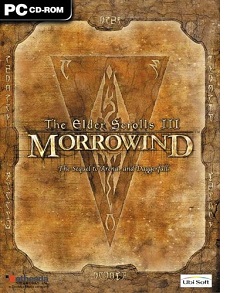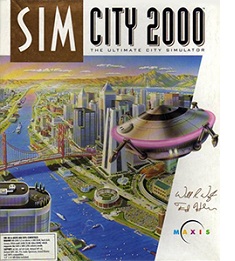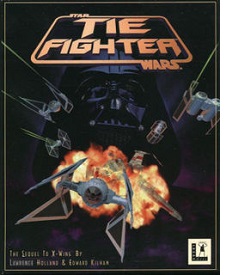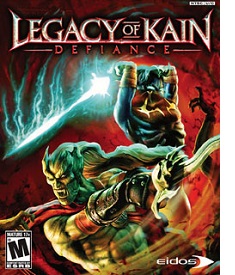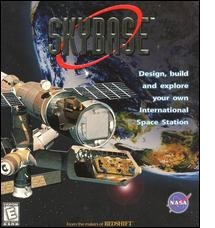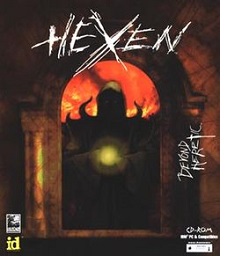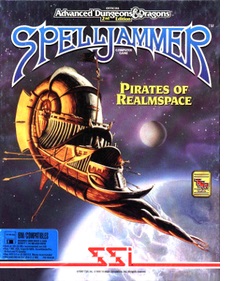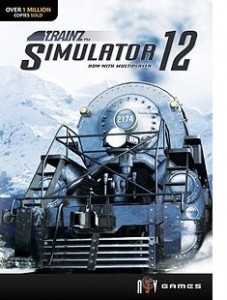
In this article, I want to look back on one of my favorite computer games. Space Station Manager is (or was) an award-winning space station construction and simulation game. In many ways it is like the old Piranah game SkyBase, but it offers much more flexibility, and more engaging game play. It’s also possible to customize existing modules, or even create new ones if you have the necessary software.
Space Station Manager isn’t loaded with action. It is more of a puzzle game, where you try to find the optimum arrangement of space station components while keeping your station’s resources moving smoothly. It’s a game where it’s necessary to think ahead, and consider what will happen if you add “just one more module” to a station. Sometimes that one module can throw off the power grid, or create a thermal bottleneck that causes problems elsewhere. Or worst of all, it may require an additional crew member to function correctly! And adding an additional crew member may require expanding the life support grid, which may in turn require additional power and thermal regulation, and so on. And sometimes you need to consider the cost of modules as well. Problem solving skills and forethought are a must.
The first version of Space Station Manager, or SSM as it’s often called, was written by Kai Peter Backman in 2003 (I think), and was a finalist in the Independent Games Festival of 2004. It was distributed as a shareware program, and generally received good reviews and acclaim. For a time, the forums for the game saw a lot of activity. By 2006, the game had gone through several versions, and had adapted the Orge rendering engine. However, also in 2006, the primary programmer (Backman) had taken on a new job that took up most of his time. Unable to devote much time to this project (now renamed ShortHike), he made the game open source in September of 2006. Something went amiss after that. Apparently there were problems with the instillation scripts, and ShortHike would never correctly install. So far, this problem has not been solved, and I honestly don’t know if anyone is working on it.
Development of ShortHike was supposed to resume in October of 2007, but that never happened. For a long time the official web site gave 2007 as a date for new updates, and it was still saying that as late as 2010. Now the official web site is no more. Sadly, in the world of open source programming, this kind of thing happens. So, officially the fate of ShortHike is unknown, but realistically it’s done for. Neither the instillation program nor the source code are available, so new users need to keep using an existing version of ShortHike, or like me, use the last stable release of Space Station Manager.
Given that this program has fallen off the radar, getting support for it can be quite difficult. I didn’t discover this program until August of 2008, and I think I discovered it a bit too late. Most of the web sites that supported it have succumbed to web rot, or have been deliberately taken down. I’ve done what I felt was a fairly comprehensive search for resources on this program, and ultimately found only three functioning sites:
- SSM Mods site
This site is maintained by Mark Conn, who was a regular in the SSM and ShortHike forums, and should be your first stop. In addition to having a link to the base program itself, it contains several user created mods.
- Lionex’s SSM page
Lionex has some custom texture sets for folks who want to base their stations around different planets, or alternate Earths. One of his texture sets turns the Earth into a Borg world from Star Trek. It actually looks pretty neat.
- A PostMortum essay about what went right and wrong with this project.
At one time, there were more sites, and there were forums and discussions about this program, but I can’t find any evidence of their current whereabouts. Or if they are even still extant.
The final version of SSM can be run in Windows XP, and can probably run in Vista or Windows 7. I haven’t tried to run it other operating systems via emulator, but it can probably be done.
I’ve managed to run Space Station Manager in Windows 8, from desktop mode. I seriously doubt it can be run from the Metro dock, but I could be wrong. Sometimes I have to run it as administrator, especially if I had been running other heavyweight programs earlier in the day.
Over on DeviantArt, I’ve put up images of three stations that I created using this program. They represent structures from the science-fiction setting I write in.
The station at the top of this page is also one of my creations. I nicknamed it the “Big Bat.”
Finally, I am trying to gather some of full technical information for developing modules for SSM. So, if anyone reading can provide me with any of the following:
- The program used to generate and edit the various meshes for the modules,
- The recommended graphics manipulation programs needed for skinning the modules,
- Any websites or static documents that discuss the creation and editing of original modules.
…please contact me at:
RJPugh at cyberbard dot net
I will either update this article, or create a new one, relaying this information.
Thank you.
Related:




